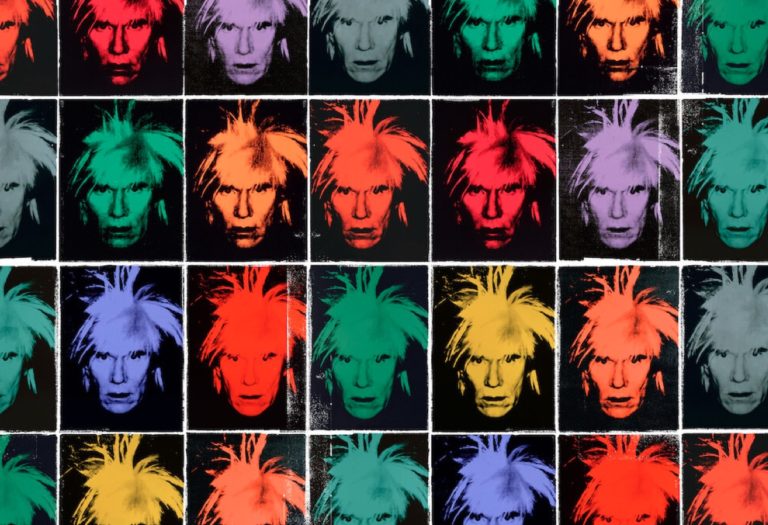
The most important artist of all times is homaged by a Ryan Murphy Production, in Netflix’s The Andy Warhol Diaries. Every episode is introduced by eden ahbez’s song Nature Boy, that not only captures the hippie era that Warhol traversed, but also epitomises his essence of a wandering soul who wanted to love and be loved in return.
In this manner the series unveils, one episode after the next, the anima of that very strange enchanted boy; a little shy and sad of eye, who nevertheless possessed a unique wisdom that he expressed through his art.
Little was known about him personally until his private diary was published in 1989, two years after his death. It was edited by his friend, freelance writer Pat Hackett. This was a chronicle of almost a decade of Warhol’s life, that he began in 1968, after he was shot. Initially it was a way to track down his business expenses, but eventually he pored his feelings and thoughts in it. The Andy Warhol Diaries is a visual reading of that personal journal, that utilises an A.I. technology to recreate the artist’s voice — performed by actor Bill Irwin. Intertwined to the narrative is a combo of original footage and interviews of those close to Andy Warhol, to reprise the extraordinary existence of the most controversial artist in America.
Born 1928, in Pittsburgh, Andrew Warhola was the fourth child of working-class Lemkos emigrants from Slovakia. He always felt the urge to Americanise himself, starting by changing his surname to Warhol. Besides his ethnicity, his physique was also chiseled according to his wishes and desires. He felt insecure about his bulbous nose and uneven complexion and transformed himself physically to shield himself from criticism. Raised as a dutiful Catholic boy, later on in time his art would reflect the objects of worship he had seen growing up, and would commute them into American secular saints.

Warhol’s artwork was extremely personal. In fact, the iconic Campbell tomato soup, leads back to his favourite childhood dish, when he had lunch with his family home in SoHo at a time when the neighbourhood used to be extremely perilous.
Andy did not like to show his vulnerability, even though he possessed utmost sensitivity. This was blatant since he was child, when he asked the kids from his block to sit down for his portraits. The flattery of posing would trigger an emotional bond, that would prevent him from being the victim of bullying. Little could he foresee that he would become the most sought-after portrait painter in the world.
The young boy from Pennsylvania pursued his dream to conquer the Big Apple when he was 20 years old, moving to Manhattan with only $50 in his pocket. He started out as a graphic commercial artist, eventually became a fashion illustrator for Glamour and Vogue, and in about a decade’s time he became Andy Warhol and kept expanding his creative mediums of experimentation.
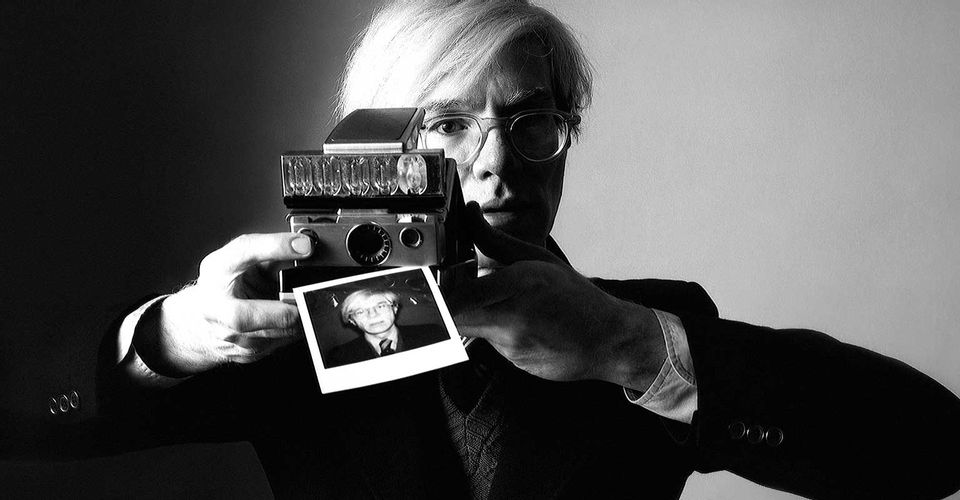
The Factory was the studio where he gathered an inventive group of artists, dedicated to bringing to life progressive culture. He was presiding over a family of inventive misfits. He was influenced by the way his creations reflected America’s confusion as a country, and transformed himself into an image he created, reflecting back on the society. His portraits used a particular technique. It would all start with a photo shoot of polaroids. The chosen ones would be blown up and printed on sheets, and he would then paint over the enlargements. Many are the faces he depicted, such as Farrah Fawcett, Marilyn Monroe, Liz Taylor and Jackie O. Warhol also depicted Jerry Hall — the long-term partner of The Rolling Stones frontman Mick Jagger — who shares a curious revelation in the series: apparently the pop-artist would only follow the lip line of the subjects he liked.
Warhol was obsessed with fame, and all its nomenclatures, and would have probably enjoyed the freak show of the 21st century. His artwork was an expanded notion of his cultural epoch. Andy was trailblazing in his defiance, whether it was with the film Blow Job — focusing the camera solely on the man’s face reacting to a fellatio — or through his Paintings of death & disaster — that fully grasped the culture of violence that he could observe in his day.
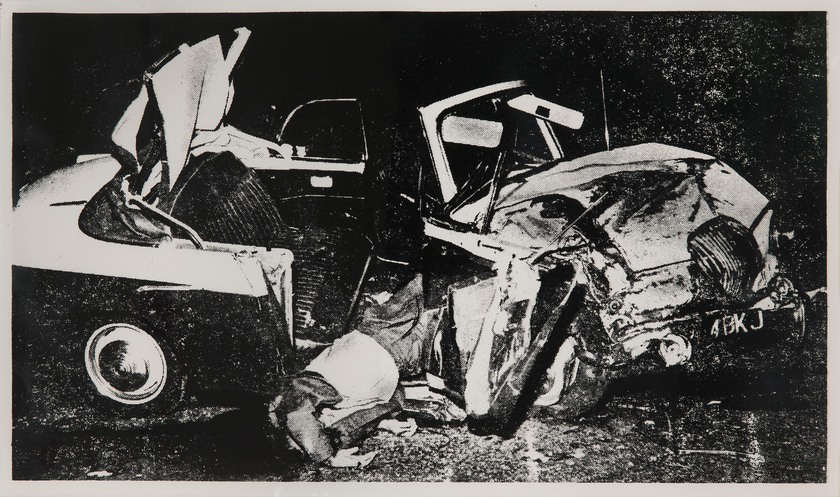
There were many speculations about his sexuality. Sometimes he would claim to be asexual, but he was attached to several love interests like Edward Wallowitch, John Giorno, Danny Williams, and most importantly Jed Johnson and Jon Gould. The latter two had in common outstanding beauty and a coy sentimental attachment to Warhol. Furthermore, both Jed and Jon had twin brothers named Jay, that uncannily manifested Andy’ fascination for repetition.
Jed represented the ingénue who was moulded by Andy. They met when Jed was delivering a telegram at The Factory and was hired to work there. The sweet and hardworking young man eventually helped Warhol recover after being shot. Thus, the nurse and patient love story began. After this incident the Factory could not continue, since the attempted murder assault had been carried out by one of the people who regularly attended Warhol’s studio: Valerie Solanas. The new gathering venue for Warhol became Studio 54 which created a rupture between Andy and Jed, due to Warhol’s new friendships with people such as artist Victor Hugo (partner of the designer Halston), who encouraged him to create art out of gay porn photography. Andy was catapulted in a realm that echoed that of Pagan Rome: it was the height of New York’s decadent period. Jed disapproved the sexual voyeurism of his partner, and, by this time an established interior designer, parted from Andy who associated creativity with craziness.
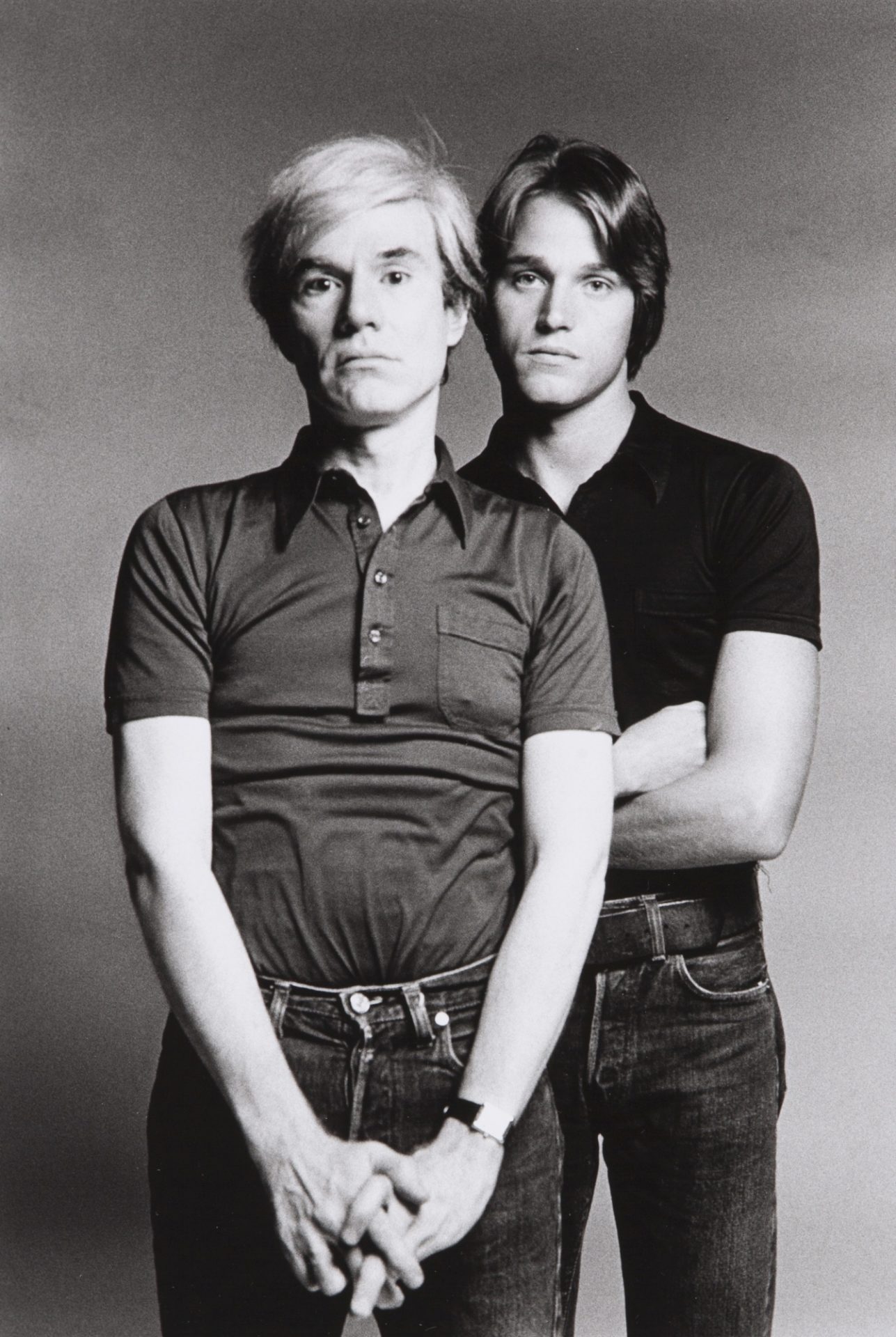
This break-up provoked in the artist who had earlier on declared “Machines have less problems. I’d like to be a machine. Don’t you?” to connect wholeheartedly with his feelings in his next relationship. Jon Gould represented the WASP ideal. This young executive at Paramount Pictures was the epitome of the Brooks Brothers preppy from Massachusetts. He always concealed his sexual identity, pending in a limbo where he would act as a straight masculine type, but possessed a hidden softness pertaining to his homosexuality. Jon allowed Andy in his inner circle of yuppie friends, bestowing a second youth to the artist who was afraid of ageing. But also this romance did not last, when Gould moved to Beverly Hills.
Andy had other partners, but none that could equal what he shared with wither Jed or Jon. However, he established an exceptionally creative partnership with Jean-Michel Basquiat during the Eclectic Eighties, when Black culture was becoming prominent in the art world. The prodigy (Jean-Michel) and the master (Andy), mutually benefitted from this relation: they were creative equals. They created almost two hundred works together, between 1983 and 1985. But after a bad review of a joint project, as well as Basquiat’s incessant use of drugs, the two artists drifted apart.
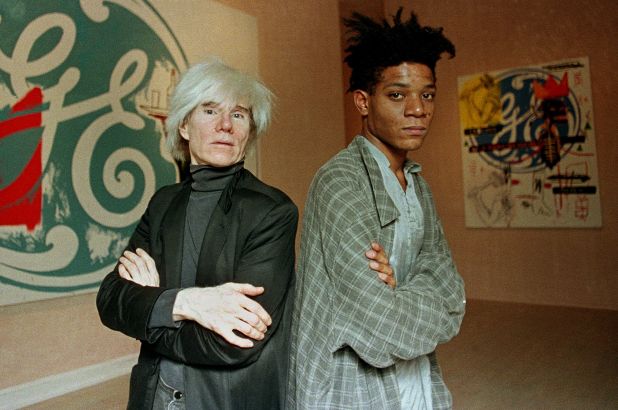
If this new decade was propitious for the inclusiveness of artists, thanks to the Civil Rights Movement, it was marginalising the LGBTQ community with the arrival of the “gay cancer”: AIDS. Many of Warhol’s friends and loved ones perished for this disease and the time of heedless freedom came to an end. “Health is Wealth,” was Andy’s mantra. He never tested positive to HIV, but knew very well what it meant to live with a fragile body. Ever since the shooting, he had to wear a medical corset for the rest of his life, and put up with a faulty gallbladder. The surgery to remove this organ gave him the final blow. When Andy Warhol left this world, at 58 years old, his funeral — held on April Fool’s Day at St Patrick’s Cathedral in New York — was the ultimate celebrity event, with a heartrending eulogy made by John Richardson.
From the artistic perspective Warhol’s perpetuated myth pressured him into the continuous search for new ideas. He said it himself “In art you don’t know whether to change or stay the same.” His late abstract period feature works where he utilised oxidations, camouflage and Rorschach inkblots. Art collector Alexander Iolas, who had discovered Warhol during the Forties, determined his major artistic enterprise when in 1985 he asked the pop-artist to create a group of works inspired by Leonardo Da Vinci’s The Last Supper for the Palazzo delle Stelline in Milan. On Warhol’s trip to the Northern Italian city, the American artist was entertained by the company of Gianni Versace, who invited him at La Scala to admire the costumes he made for the representation of Salomé and journalist Daniela Morera who introduced him to Milan’s gotha.
Warhol further explored different creative mediums. His early experiments with film — with works such as Chelsea Girls and Kiss — were simply the beginning of his expansion to all areas of mass media. He went as a guest on Saturday Night Live and played himself in an episode of The Love Boat; even MTV pursued him for weekly shows. Warhol conveyed how pop culture was a performance infiltrating the mainstream platforms of communication.
Some have considered this as a plaintiff cry for acceptance. But it simply echoed the 15 minutes of fame he claimed everyone was striving for, that eventually became possible with the digital revolution. Although Andy Warhol did not experience the epoch of the world wide web, he did come in proximity with the universe of computers. He was asked to become a spokesperson for Commodore Computers, making a digital portrait of Deborah Harry and was also approached by a very young Steve Jobs when he was starting his business.
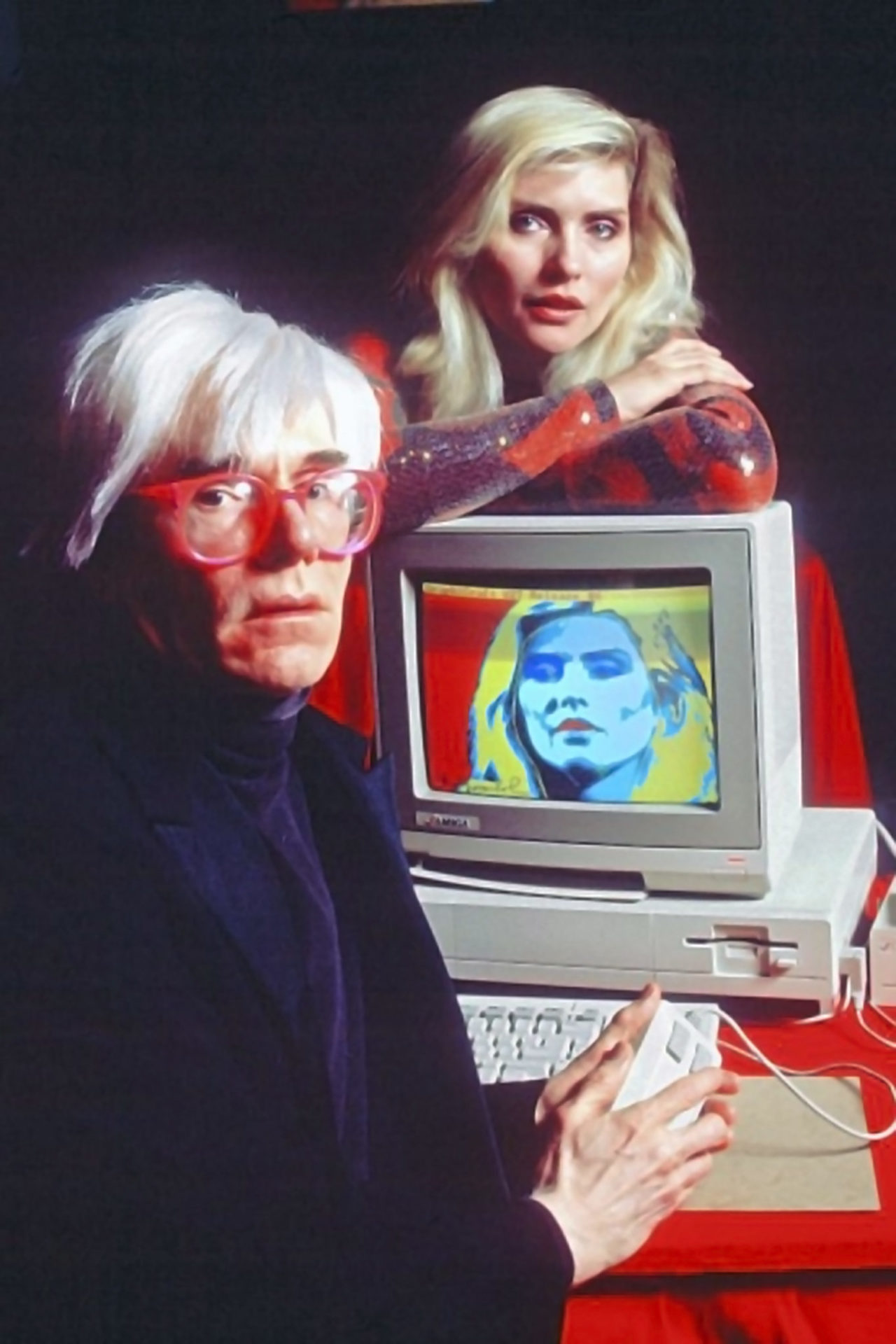
Andy Warhol’s entire body of work was a social commentary about the world we live in. Yet, in the television series some interviewees question Pat Hackett’s accuracy in editing Warhol’s Diaries; whilst others wonder how truthful Andy Warhol was in his writings. These inquiries bring to light the fascination of the Rashomon effect, and how every event could be perceived by Andy in one way and by those experiencing it with him in another. What matters is that through the diaries we are given the chance to read inside his head. Just like when we admire his artwork. The viewer completes the work of art.
He exaggerated what society tossed against him and turned it into style. Andy Warhol became his greatest work of art. The anorexic, awkward, stiff, eccentric, who wore “fright wigs,” was Andy’s masterpiece. He fully understood the commodification of art and the artist, as he mastered the concept of a person becoming a brand. His greatest fear was for someone to expose the living artwork, something that came to pass when a woman snatched the wig off his head at a 1985 book signing. He described the experience as getting shot a second time.
After six extensive episodes of the gripping Netflix series, the genius of the 20th century still remains a mystery. It was his wish. He hid parts of his life, and gave a few rare glimpses into his private sphere. Andrew Warhola often pondered upon the power of the imagination, the expectations it creates, and how sometimes our roots can be the greatest source for happiness. His restless hunger to be active, but not be in touch with pain, represented his battle against his greatest antagonist: Nothingness. Just like in his favourite film — The Neverending Story — the idea that humans could no longer believe in the world of fantasy made him quaver. But his multidisciplinary legacy left Nothing behind.
Final Grade: A

